Historically, cultural burns and lightning-caused wildfires nourished the habitats of the Rogue Basin. But after the fire-tenders of our region, Indigenous people, were forcibly removed to distant reservations in the 1850s and the government began to actively suppress fires after the 1910 Big Burn in Idaho and Montana, the woods, grasslands, and forests of the region have lacked a critical natural process.
The wildlife ecologist and writer Aldo Leopold once wrote: “One of the penalties of an ecological education is that one lives alone in a world of wounds.” Well, a fire-adapted landscape starved of fire is also a “world of wounds”.
Yet, unplanned wildfires during the age of a changing climate can be a nightmare, and many people are traumatized by smoke and flame, including local folks impacted by the Almeda, Obenchain, and Slater Fires in 2022.
In 2024, SOLC had planned a controlled burn at Rogue River Preserve for early to mid-June to reduce unplanned wildfire hazard, increase native vegetation including rare and endangered species, and enhance pollinator and wildlife habitat. We notified nearby neighbors of the plans by mail and press releases, with assurance that the burn would proceed only under safe conditions and with sufficient burn crew personnel and equipment. Some of them let us know they supported the effort, but many were angry, concerned a planned burn would destroy their homes and neighborhood. Some neighbors were skeptical of environmental organizations or the science of fire ecology. Meanwhile, weather conditions changed – quickly turning hotter and drier – while a wildfire ignited in nearby Salt Creek, drawing away resources. We decided to cancel that burn.
This year, in response to neighbor feedback, we held a spring community meeting with SOLC and Grayback staff at the preserve. We shared our objectives and described safety procedures and logistics. Still, while there was some support for a June burn, the main message we heard from neighbors was they felt safer with a fall burn.
We listened. We strongly believe bringing fire back to the land and respecting the human community is essential even if not all the restoration goals might be met. The controlled burn last month was successful and safely managed. A few days later, Golden-crowned Sparrows were foraging for seeds on the partially blackened ground, deer were eating recently dropped acorns, fence lizards basked on rocks, and perennial bunchgrasses were starting to green up. Soon, we will be seeding the burned area with native plant seeds, plants adapted to vernal pool and mounded prairie grassland.
We hope to heal ecological wounds by carefully reintroducing natural processes like fire, with the essential support of people.
Acorns after burn.






